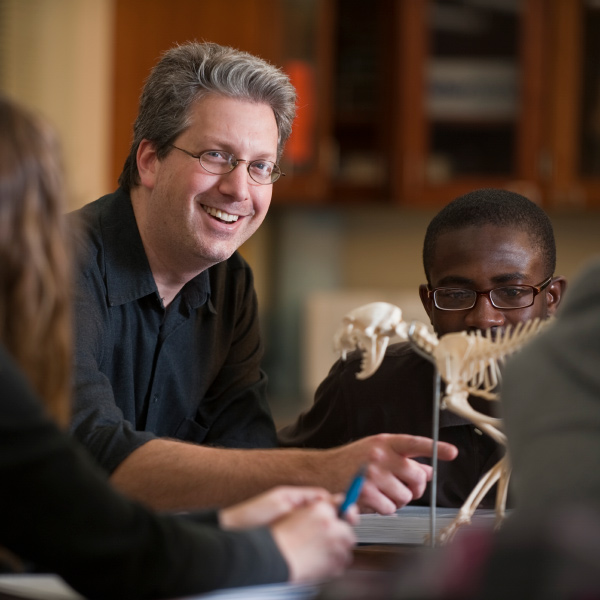
Dr. Noah Gordon
Professor/Biology
Room 219, Koch Center for Engineering and Science
812-488-2660
ng62@evansville.edu
Specializations
- Behavior and Physiology of Vertebrates
Education
- B.G.S., University of Connecticut, 1998
- M.S. in Zoology, University of Connecticut, 2001
- PhD in Biology, University of Missouri, 2008
Courses Taught
- BIOL 100 Fundamentals of Biology
- BIOL 107 General Biology
- BIOL 118 Modern Biology: Environmental Perspectives
- BIOL 323 Tropical Ecology of Costa Rica
- BIOL 333 Animal Behavior
- BIOL 350 Vertebrate Zoology
- BIOL 427 Animal Physiology
- BIOL 450 Evolution
- BIOL 482 Senior Seminar
- ES 103 Fundamentals of Environmental Science
Research Interests
My research is driven by variations on the big questions: "what are animals doing?" and "why are they doing it?" I began as a student of animal behavior, particularly sexual selected behaviors in frogs and geckos and have expanded to include aspects of parasite ecology, animal communication, and endocrinology. Now all of my research is motivated by undergraduate students and questions that we find mutually interesting.
Much of my recent work has been exploring the climate change induced range expansion of green treefrogs ( Hyla cinerea). With Dr. Dale Edwards and several students we have been assessing the potential influence of parasites on this range expansion. We have found an unexpected pattern of parasite abundance that is consistent with parasite-mediated competition. Another project with UE students Kane Stratman and Maddie Ralph determined how the range expansion of these green treefrogs was influencing call evolution in these frogs and closely related barking treefrogs in areas where the two species overlap.
In addition to frog projects my students and I have worked on characterizing the visual and acoustic behavior of geckos in the genera Ptenopus and Stenodactylus. This work has primarily been in collaboration with the Gobabeb Research Institute in Namibia to identify the environmental cues that trigger male breeding activity.
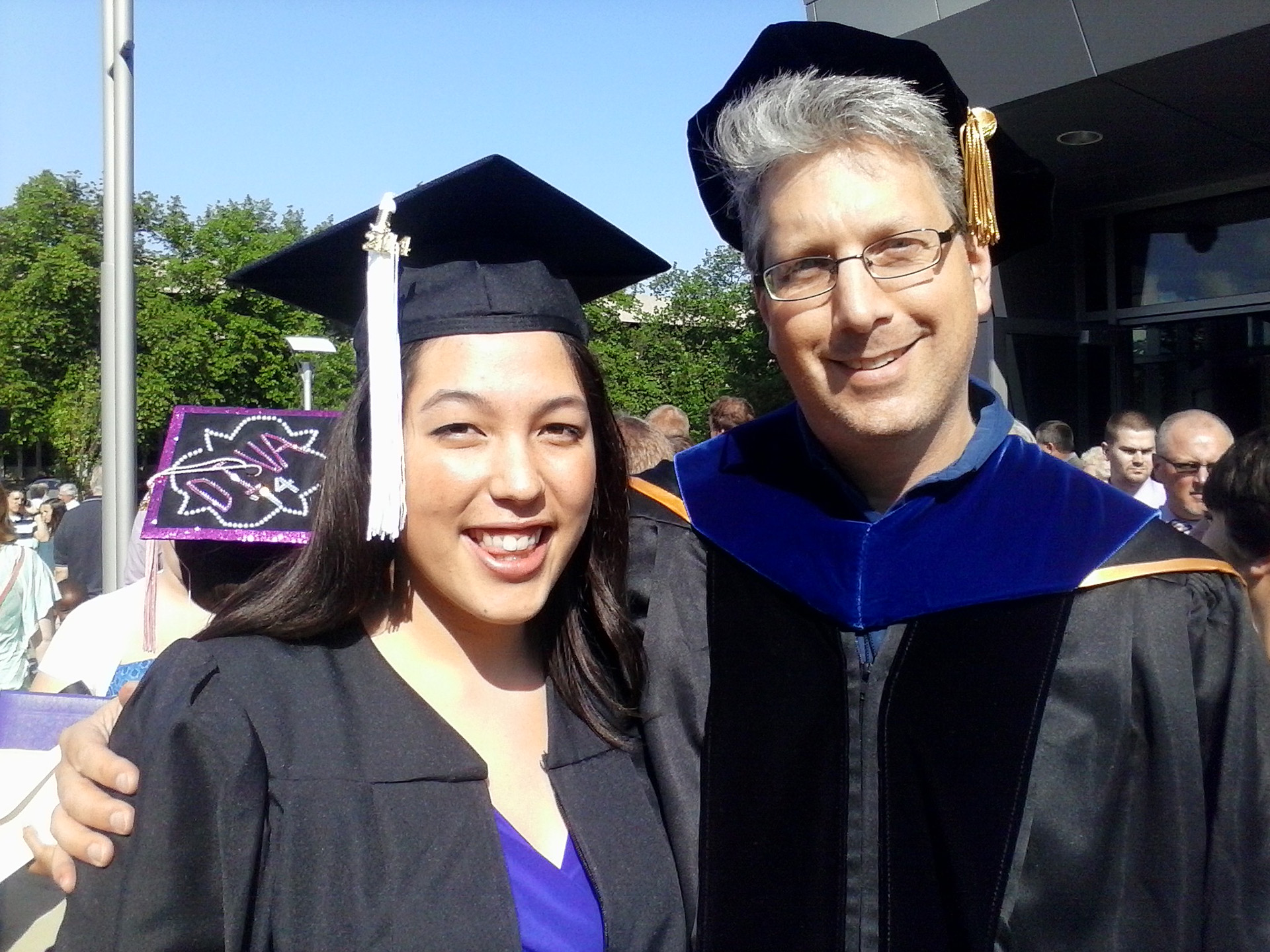 Emmy and Dr. Gordon
Emmy and Dr. Gordon
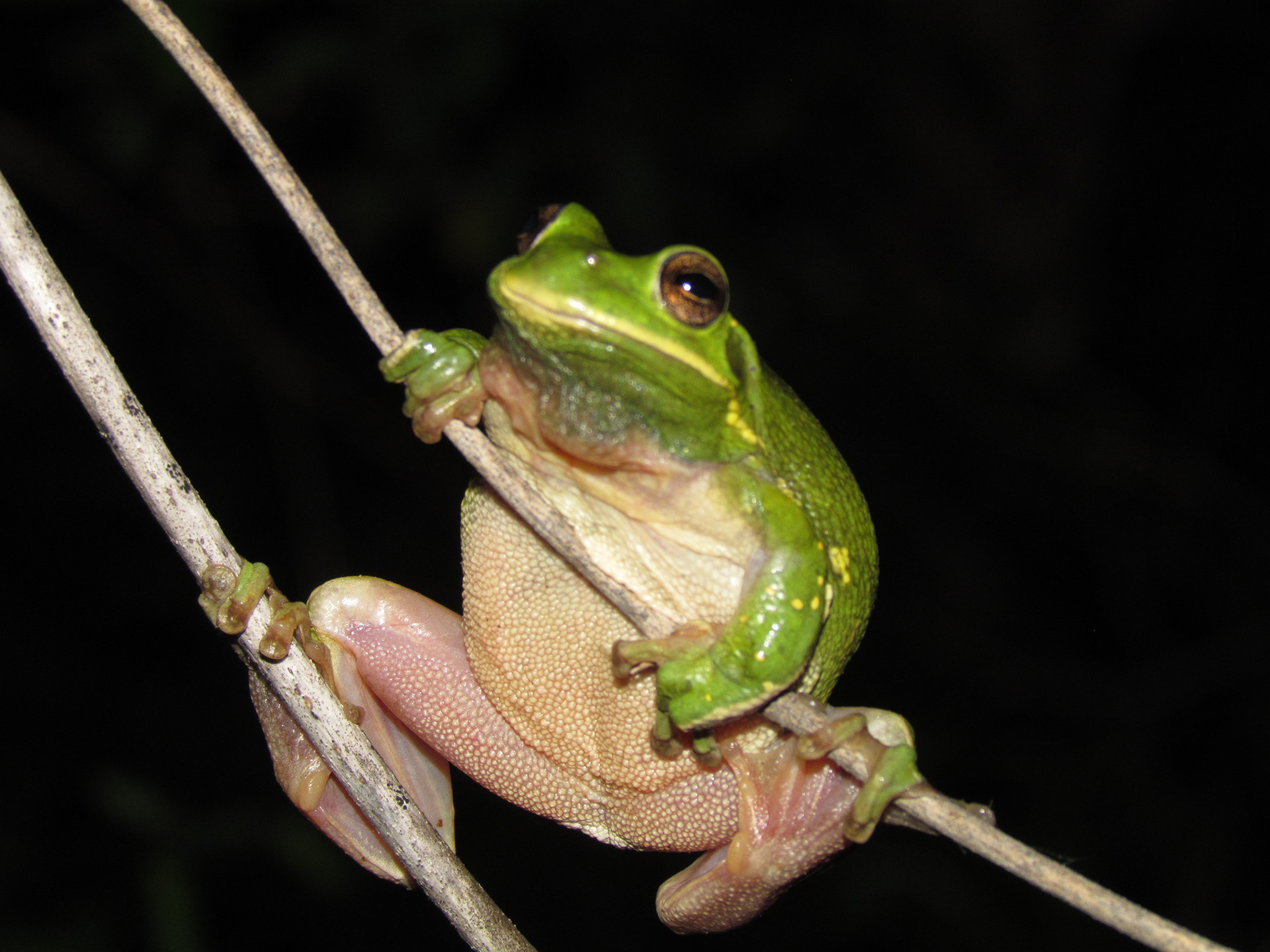 Barking Treefrog
Barking Treefrog
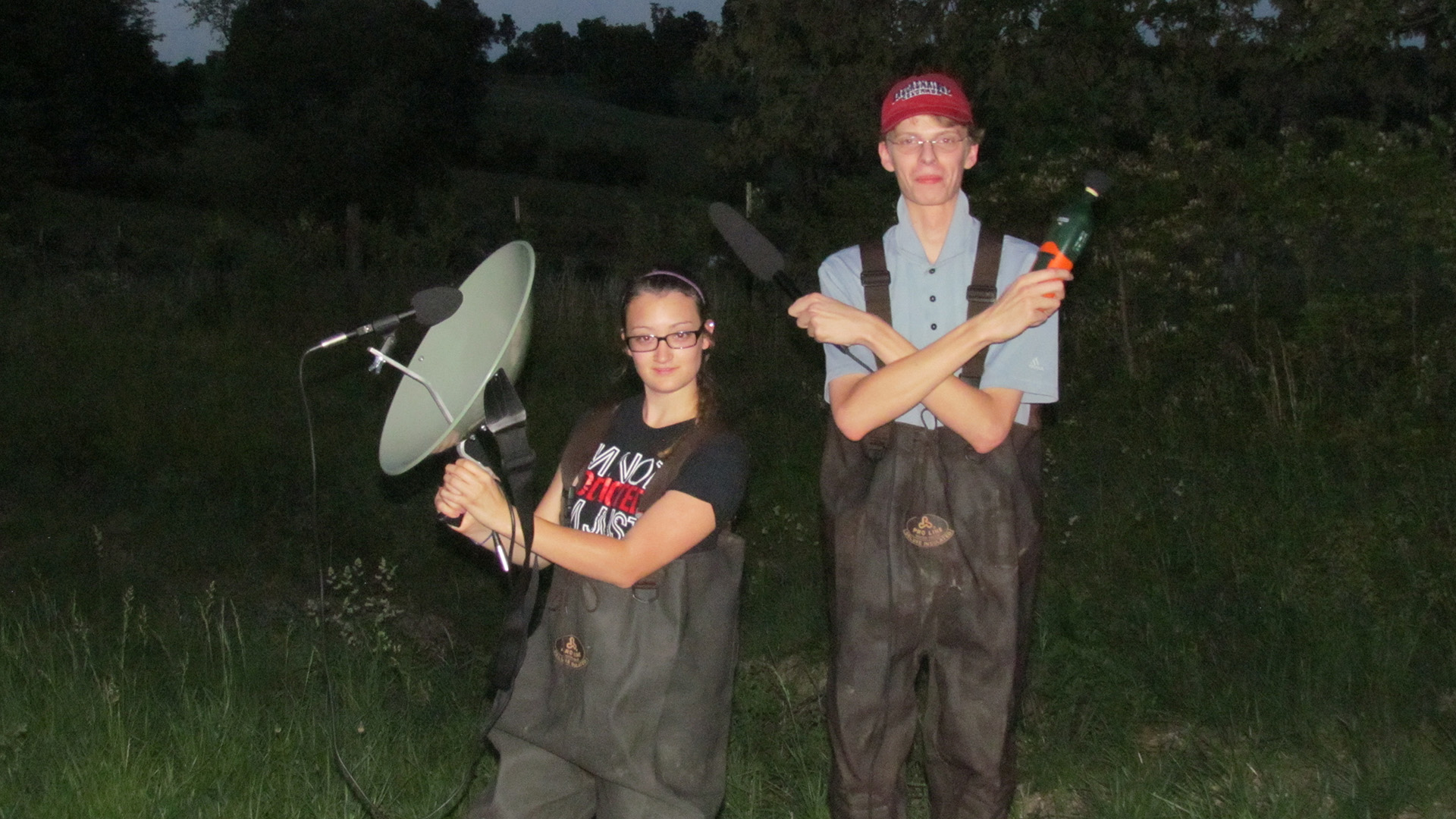 Maddie Ralph and Kane Stratman
Maddie Ralph and Kane Stratman
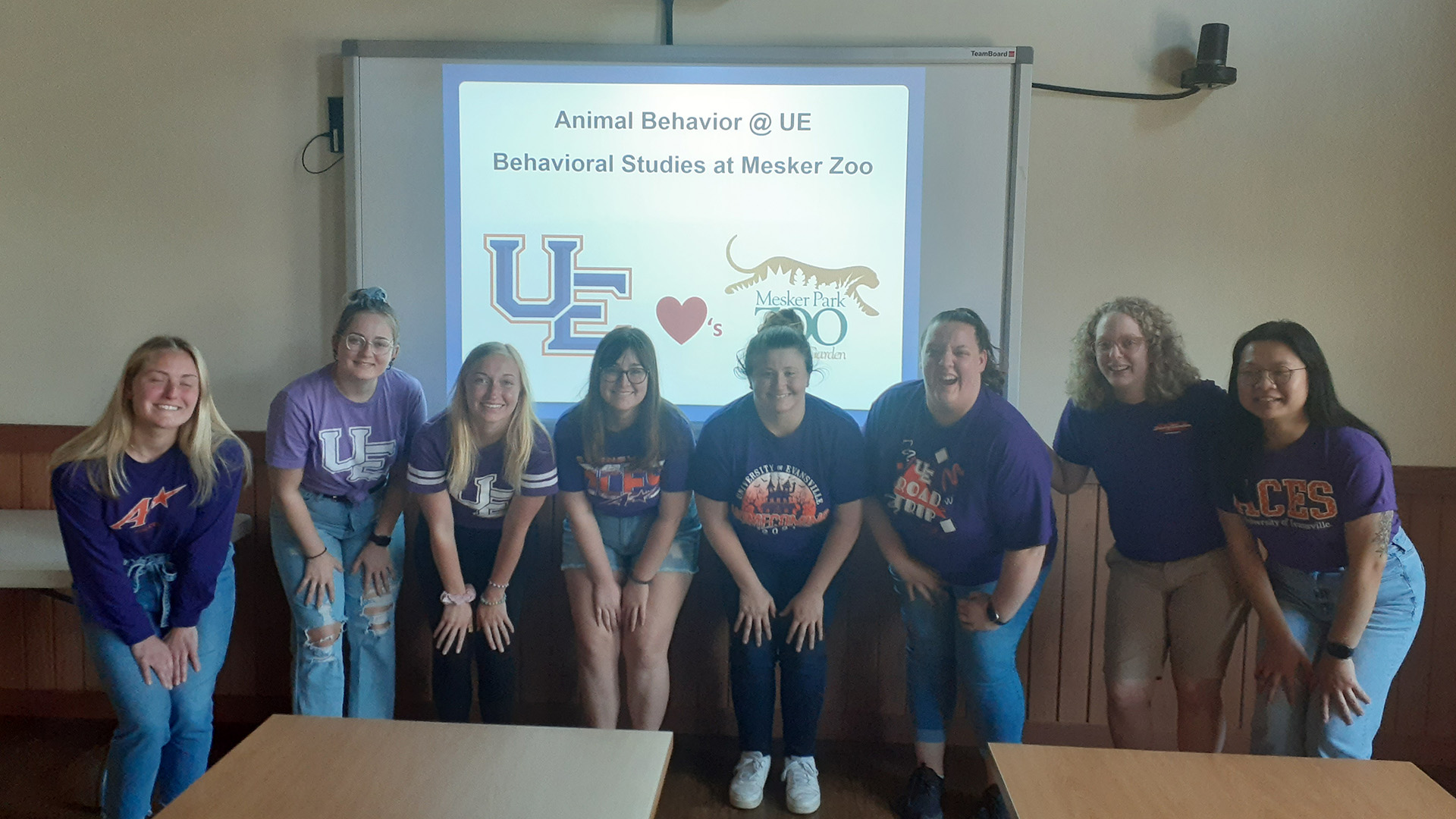 Animal Behavior Class at Mesker Park Zoo
Animal Behavior Class at Mesker Park Zoo
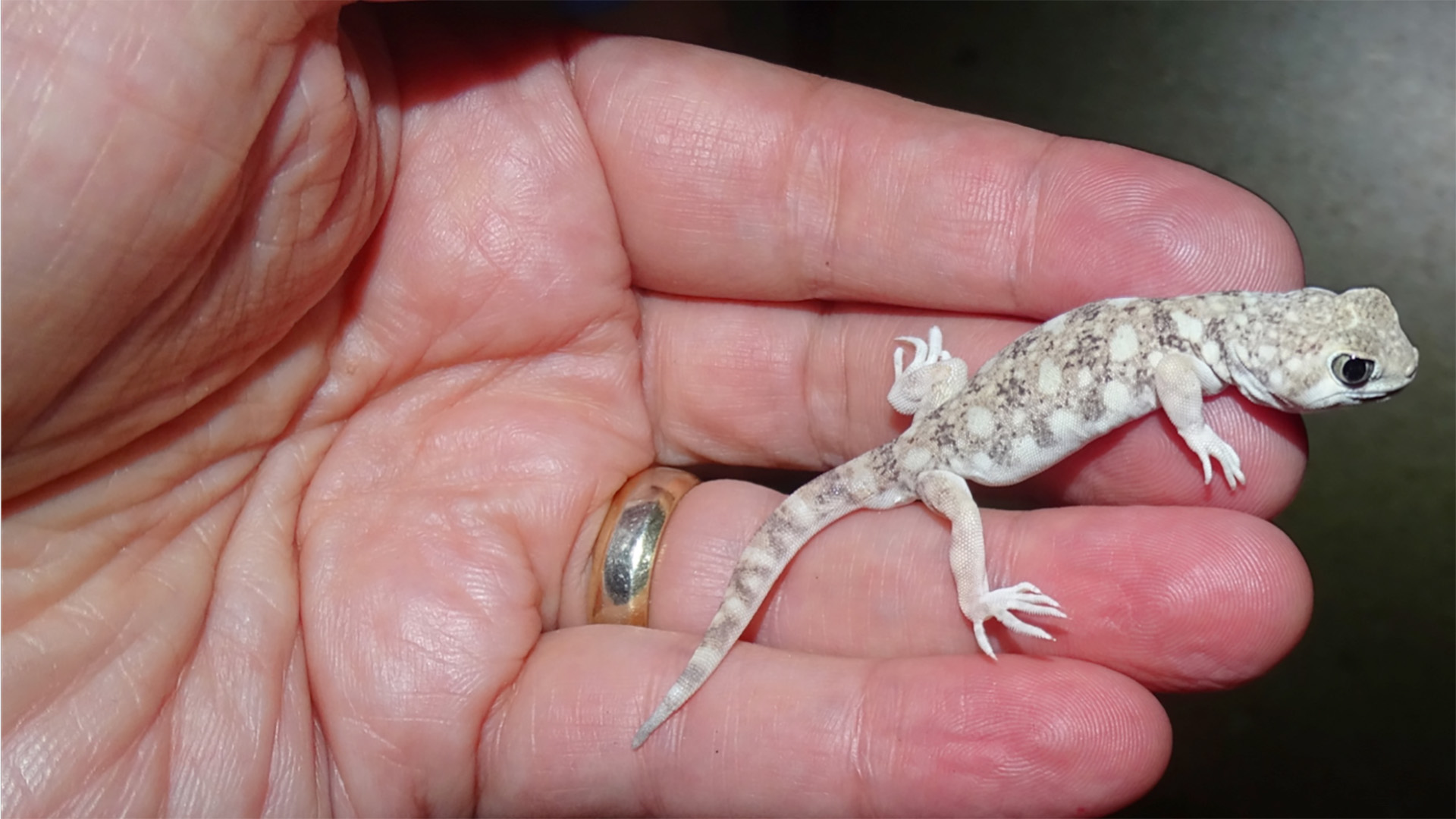 Barking Gecko
Barking Gecko
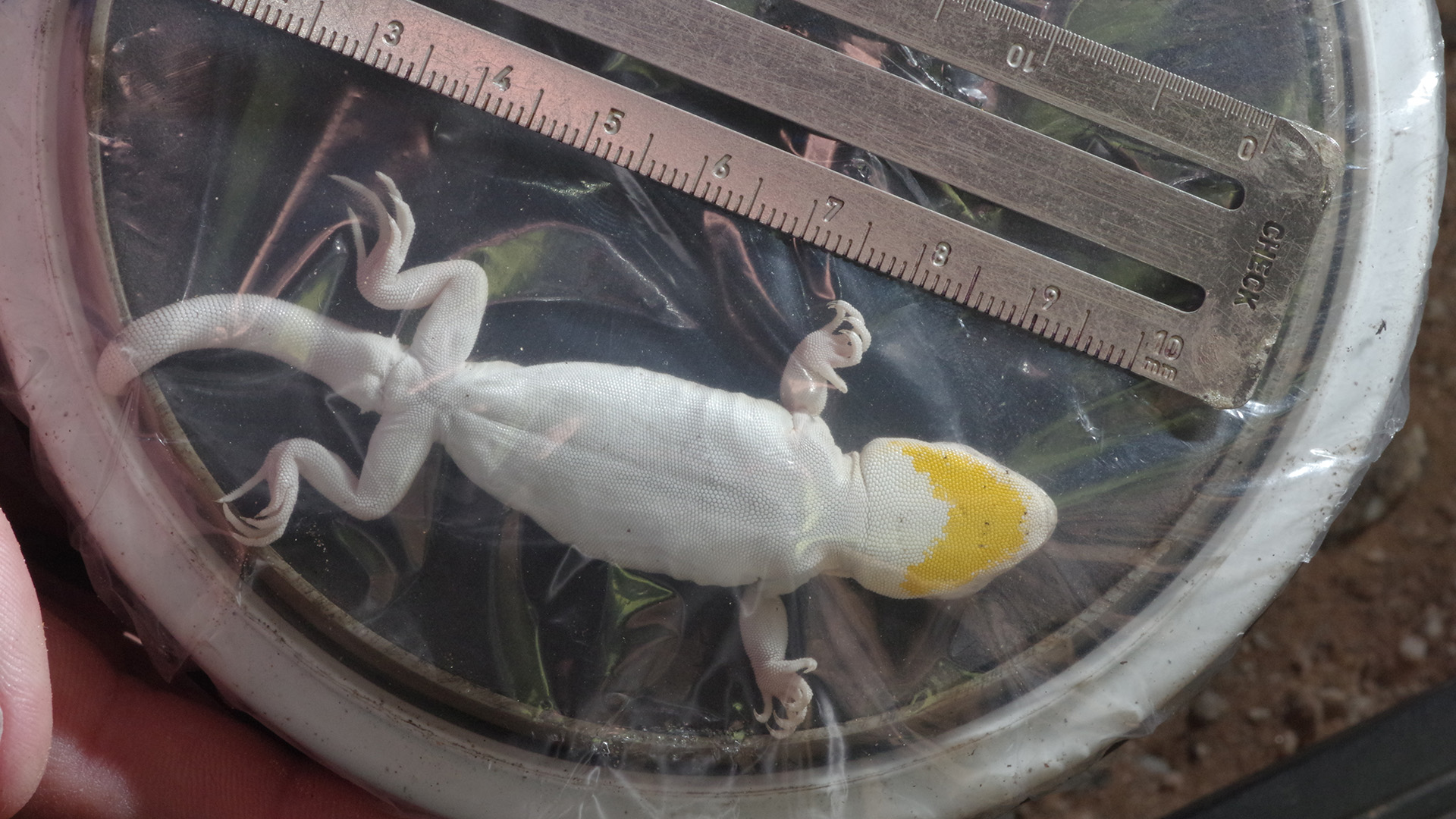 Gecko Throat Patch
Gecko Throat Patch

Garrulus Call 6 Pulse
Grants and Awards
- Biology Department Ivory Tower Award, 2022
- The Sadelle & Sydney Berger Annual Award for Scholarship , 2021
- Two Global Scholar Awards (2018 and 2021). One for exploring research and teaching opportunities for UE students in Namibia, and the other for facilitating student research experiences in Costa Rica.
- To date, I have collaborated with over eighteen students on over a dozen UExplore grants for summer research projects.
Selected Publications (student co-authors in Bold)
- Edwards, D.D., & Gordon, N.M. (2021). Helminth diversity of green treefrogs ( Hyla cinerea) in their expanded geographical range. Journal of Parasitology 107 (6): 923–932. 1645/20-6
- Boyd, S.K., & Gordon, N.M. (2021). Auditory and distance cues interact to modulate female gray treefrog preferences for male advertisement calls. Behavioral Ecology and Sociobiology 75, Article number: 95. 1007/s00265-021-03037-w
- Gordon, N.M., Ralph, M., & Stratman, K. (2017). Rapid reproductive character displacement in male green treefrogs ( Hyla cinerea) and barking treefrogs ( gratiosa). Behavioral Ecology and Sociobiology 71, 112.
- Velez, A., Gordon, N.M., & Bee, M. (2017) The signal in noise: acoustic information for soundscape orientation in two North American treefrogs. Behavioral Ecology 28(3), 844-853.
- Edwards, D.D., Steele, A., & Gordon, N.M. (2017) A comparison of helminth faunas of Cope's gray ( Hyla chrysoscelis) and green ( cinerea) treefrogs in areas of recent riche overlap. Journal of Parasitology 103(2), 170-175.
Recent Lab Alumni
- Xinyue Bi – medical illustration MFA student at Rochester Institute of Technology
- Helen William – MD student at Georgetown University School of Medicine
- John Langmaid – JD student at University of Kansas
- Elizabeth Mendes – PhD student at Duke University
- Maddie Ralph – Associate Scientist at bioMerieux, MS from University of Missouri-St. Louis
- Kane Stratman – PhD student at University of Wisconsin-Milwaukee
Office Phone
812-488-2024
Office Email
de3@evansville.edu
Office Location
Room 231, Koch Center for Engineering and Science
